Search
Remove Ads
Advertisement
Summary 
Loading AI-generated summary based on World History Encyclopedia articles ...
Search Results
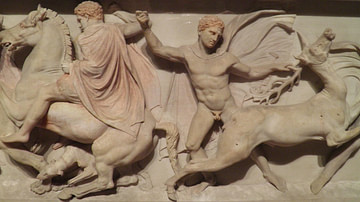
Definition
Sidon
Sidon is the Greek name (meaning 'fishery') for the ancient Phoenician port city of Sidonia (also known as Saida) in what is, today, Lebannon (located about 25 miles south of Beirut). Along with the city of Tyre, Sidon was the most powerful...
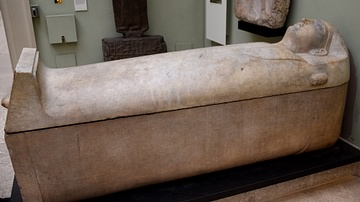
Image
Phoenician Coffin from Sidon
This white marble anthropoid (human-shaped) coffin shows a male head wearing a Egyptian style headdress. Phoenician art was influenced by many different traditions. Coffins of this Gaeco-Egyptian style have been found in large numbers at...
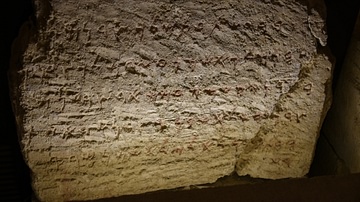
Image
Phoenician Foundation Inscription from Sidon
The inscription reads (in Phoenician) "Bodastarte, the son of Eshmunazar, the king of Sidon, has ordered this temple to be built for the god Eshmun". Second half of the sixth century BCE. From the foundation wall of the Eshmun Temple at Sidon...
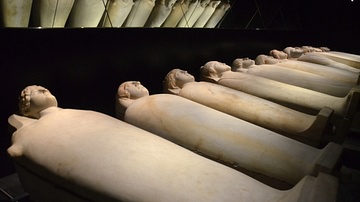
Image
Anthropoid Sarcophagi from Sidon
Phoenician anthropoid sarcophagi from Sidon (modern-day Lebanon), beautifully carved in white marble from Greece. The sarcophagi consist of a hollowed lower box covered by a lid that slightly conveys the contours of the upper body and the...
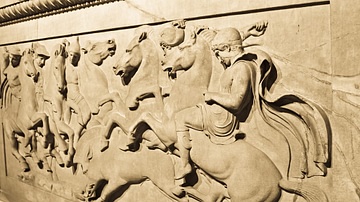
Image
Alexander Sarcophagus, Sidon
Detail from Alexander sarcophagus, showing a scene of wild boar hunting. Despite the name, the sarcophagus was not made for Alexander the Great. Sidon, 4th century BC.
Istanbul Archaeology Museums.

Image
Egyptian-Type Votive Altar from Sidon
This marble votive stele has an Egyptian style (note the row of uraeus cobras at the top). First half of the 5th century BCE. From Sidon, in modern-day Lebanon. (Museum of Archaeology, Istanbul, Turkey).
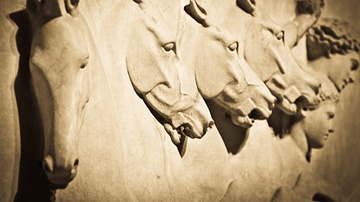
Image
Lycian Sarcophagus, Sidon
Detail of horses on a Lycian Sarcophagus, from Sidon, 5th Century BC.
Istanbul Archaeology Museums.
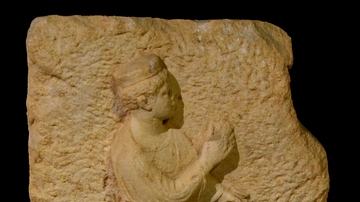
Image
Votive Stele from Sidon
This is a marble votive stele depicting a standing male looking to the right. He holds objects in both hands and wears a head cap. Roman Period, 5th to 4th century BCE. From Sidon, in modern-day Lebanon. (Museum of Archaeology, Istanbul...
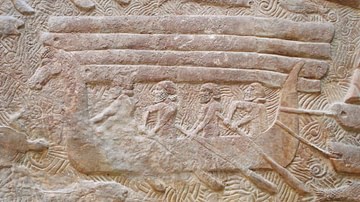
Definition
Phoenicia
Phoenicia was an ancient civilization composed of independent city-states located along the coast of the Mediterranean Sea stretching through what is now Syria, Lebanon and northern Israel. The Phoenicians were a great maritime people, known...
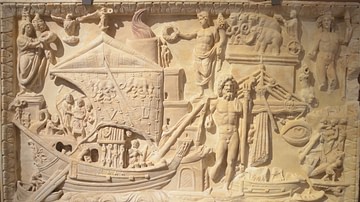
Article
Caesarea Maritima's Role in the Mediterranean Trade
Caesarea Maritima was located on the eastern coast of the Mediterranean Sea. Built from the ground up in 22-10 BCE by Rome's client king, Herod the Great (r. 37-4 BCE), its location in relation to ship traffic and proximity to historical...